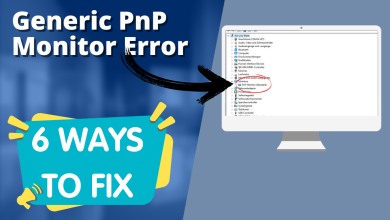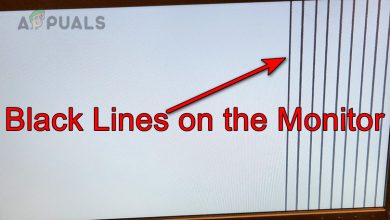How to Change the Taskbar Location on Screen in Windows 11
The way the taskbar functionality works on Windows 11 is different than previous iterations. Officially, alignment to the bottom of the screen is the only location permitted. However, there is a way to change the taskbar location to the top of the screen (and it looks quite cool).
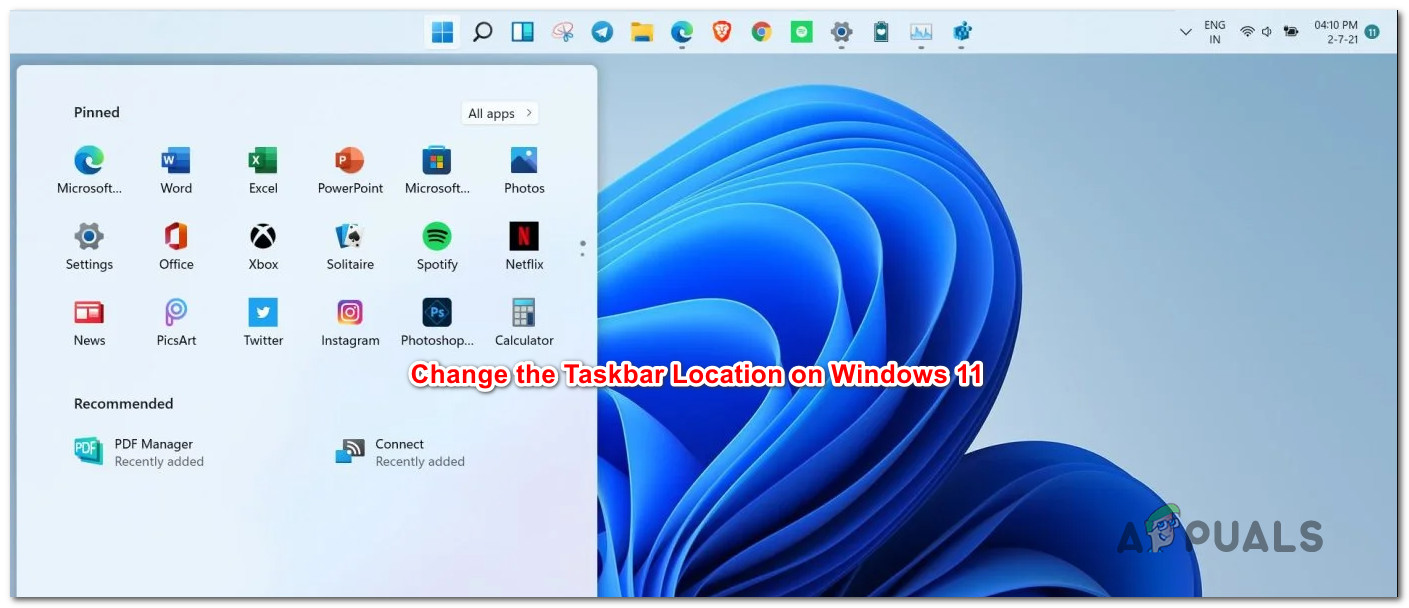
In what follows, I will walk you through the steps of changing the taskbar location to the top or to the bottom of your Windows 11 screen.
Important: As of now, there isn’t a way to change the taskbar location to the left or to the right of the screen as you previously could with previous Windows iterations. The registry key apparently allows it, but doing these modifications will break Windows 11.
How to Change the Taskbar Location to the Top or Bottom on Windows 11
- .Press Windows key + R to open up a Run dialog box. Next, inside the text box, type ‘regedit’ and hit Enter to open up the Registry Editor.
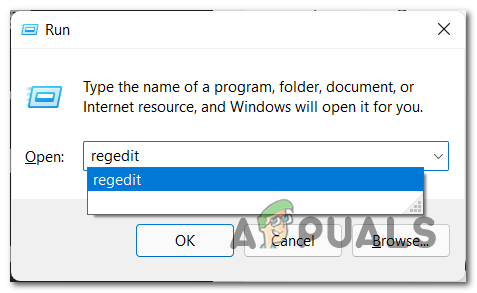
Open the Registry Editor on Windows 11 - If you are interrupted by the User Account Control, click Yes to open the Registry Editor with administrative access.
- Next, follow one of the sub-guides below depending if you’re using multiple displays or not:
- A. Change the Main Taskbar Location on Screen – Use this sub-guide if you only have one display. You can also use this sub-guide if you have multiple displays and you want to change the taskbar location of only the main taskbar.
- B. Change the Other Taskbards Locations on Screen – If you are using multiple displays, use this sub-guide to change the location of any other taskbars that are not located on the main display.
Note: If you are using multiple displays and you want to change the location of the taskbar on both your main and secondary devices, you need to follow both sub-guides.
Change the Taskbar Location on the Main Display
- Once you’re inside the elevated command prompt, use the menu on the left to navigate to the following location:
HKEY_CURRENT_USER\SOFTWARE\Microsoft\Windows\CurrentVersion\Explorer\StuckRects3
Note: You can either use the left-hand side pane to get there or you can paste the location directly into the navigation bar and press Enter to get there instantly.
- From the left-hand menu, ensure that the StruckRect3 key is selected, then move over to the right pane and double-click on Settings to modify its value.
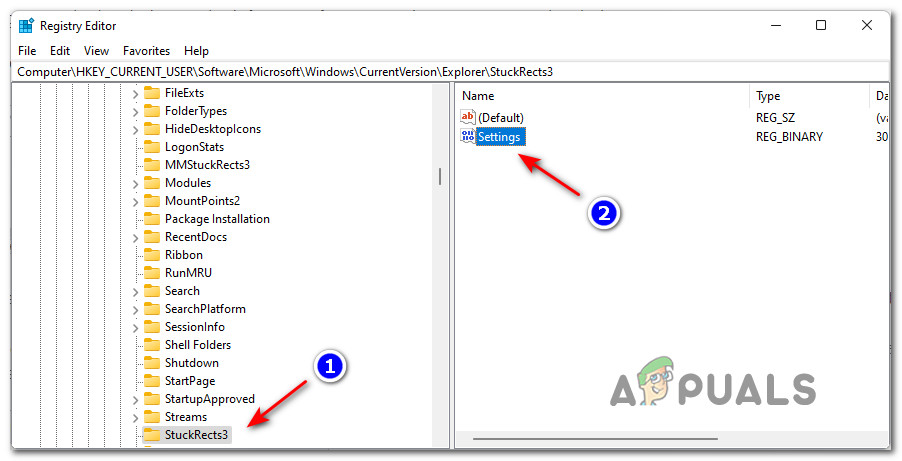 Modifying the Settings screen
Modifying the Settings screen - Once you’re inside the editing menu of the Settings key, locate the value on the 0008 column and on the FE row – By default, it’s set to 03.
- Change the value to one of the following depending on what you’re trying to achieve and click Ok to enforce the changes:
03 - Force the Taskbar to the bottom of the screen on your main display 01 - Force the Taskbar to the top of the screen on your main display
- Once the correct modification is enforced, click Ok save the changes.
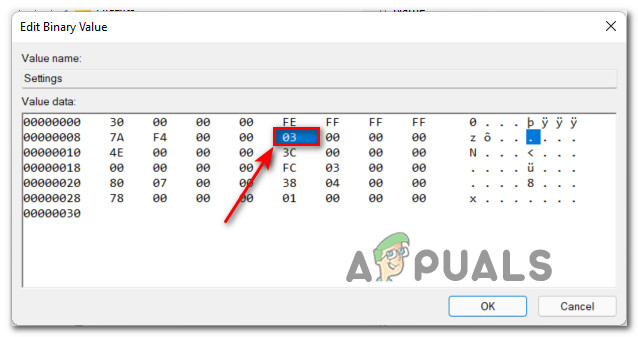
Modifying the Settings value - Close the elevated CMD prompt and reboot your computer to allow your Windows 11 computer to enforce the changes.
Change the Taskbar Location on the Secondary Display/s
- Inside the Registry Editor, navigate to the following location by using the menu on the left:
HKEY_CURRENT_USER\SOFTWARE\Microsoft\Windows\CurrentVersion\Explorer\MMStuckRects3
Note: You can either get here manually by navigating through each registry key using the left-hand pane or you can paste the full path in the navigation bar and press Enter to get there instantly.
- Once you arrive in the correct location, make sure StruckRect3 is selected from the list of keys on the left, then double-click on the binary value of the taskbar location that you want to modify.
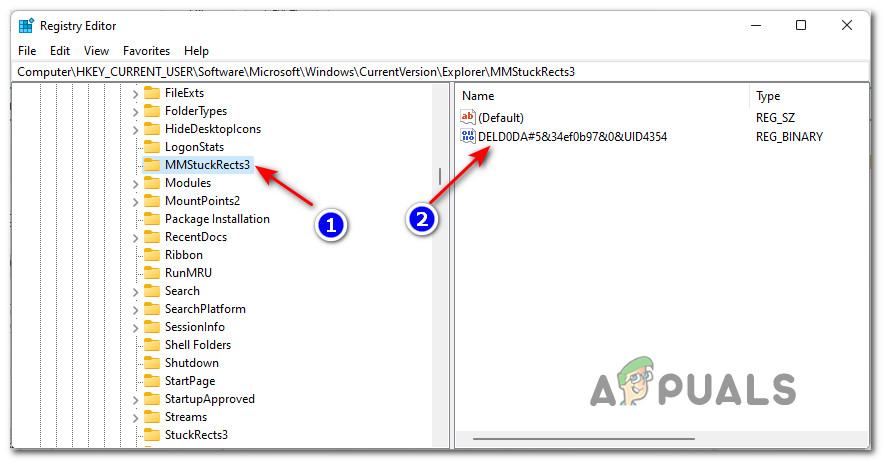
Modifying the taskbar location on the secondary display NOTE: Each UID binary value found inside the MMStuckRect3 key represents a display that you currently have connected. Unfortunately for those of you that have multiple displays connected, there is no way to know which UID belongs to what display. You will only be able to tell after you enforce the change. However, you can easily change it back if you mistakenly modified the taskbar on the wrong display.
- Inside the Binary Value window associated with the secondary screen, change the value located on the 0008 column and the FE row to one of the following:
03 - Force the Taskbar to the bottom of the screen on your secondary display 01 - Force the Taskbar to the top of the screen on your secondary display
- Save the changes by clicking on Ok, then close the elevated Command Prompt and restart your computer and you should see how the location of the taskbar changes for your secondary displays.
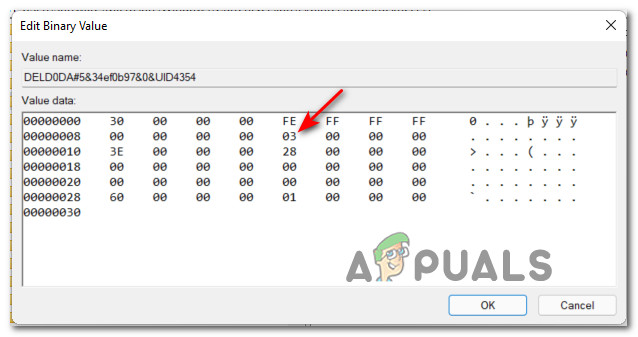
Modifying the taskbar value for your secondary display


